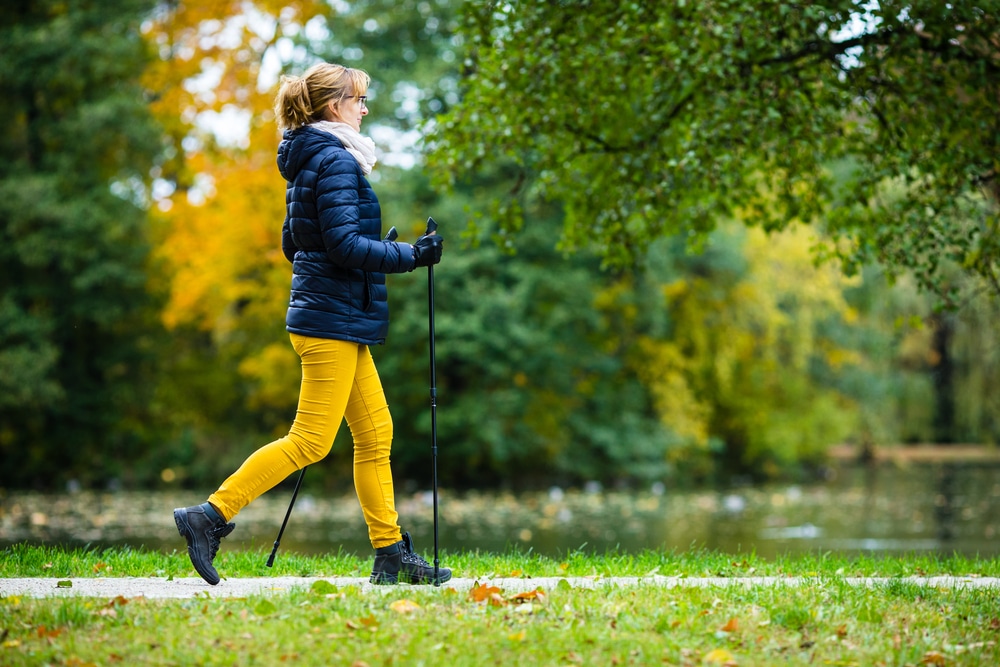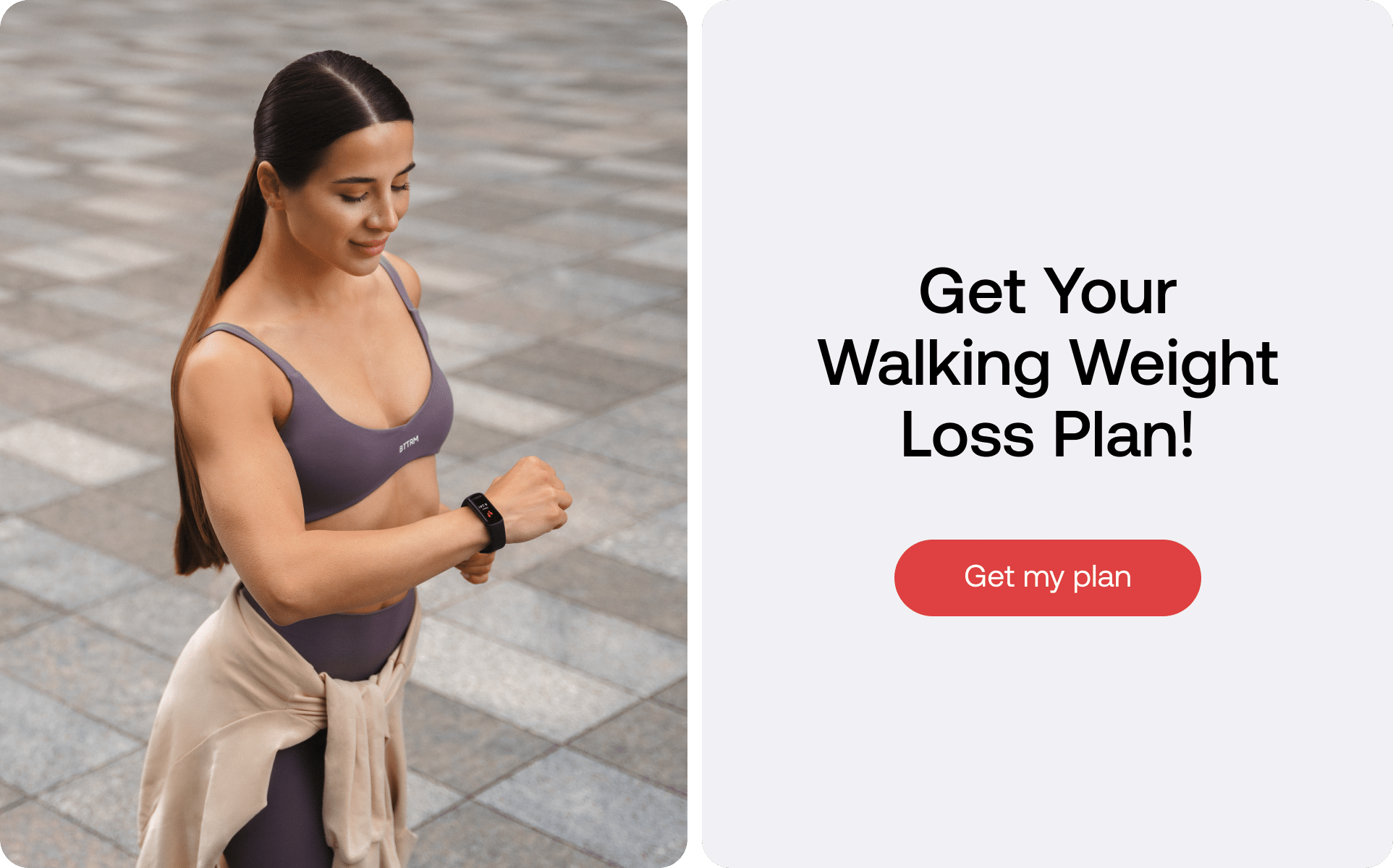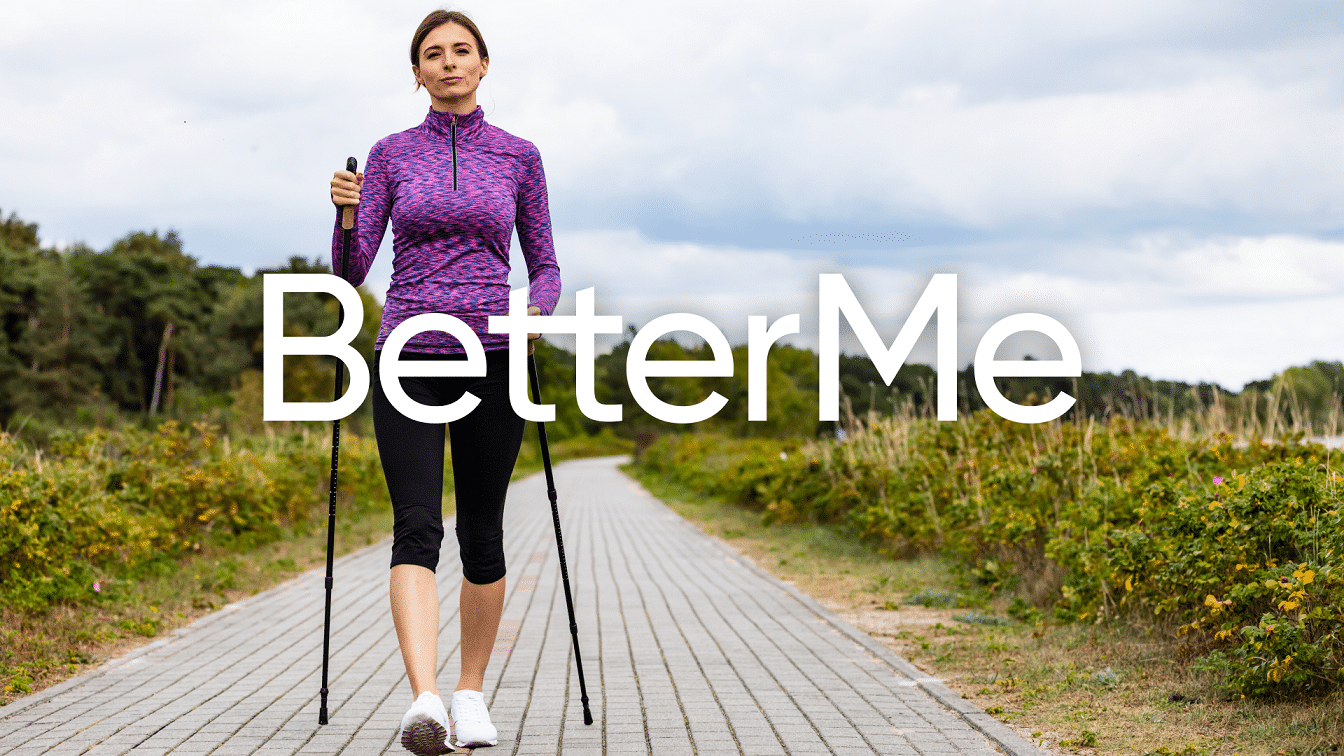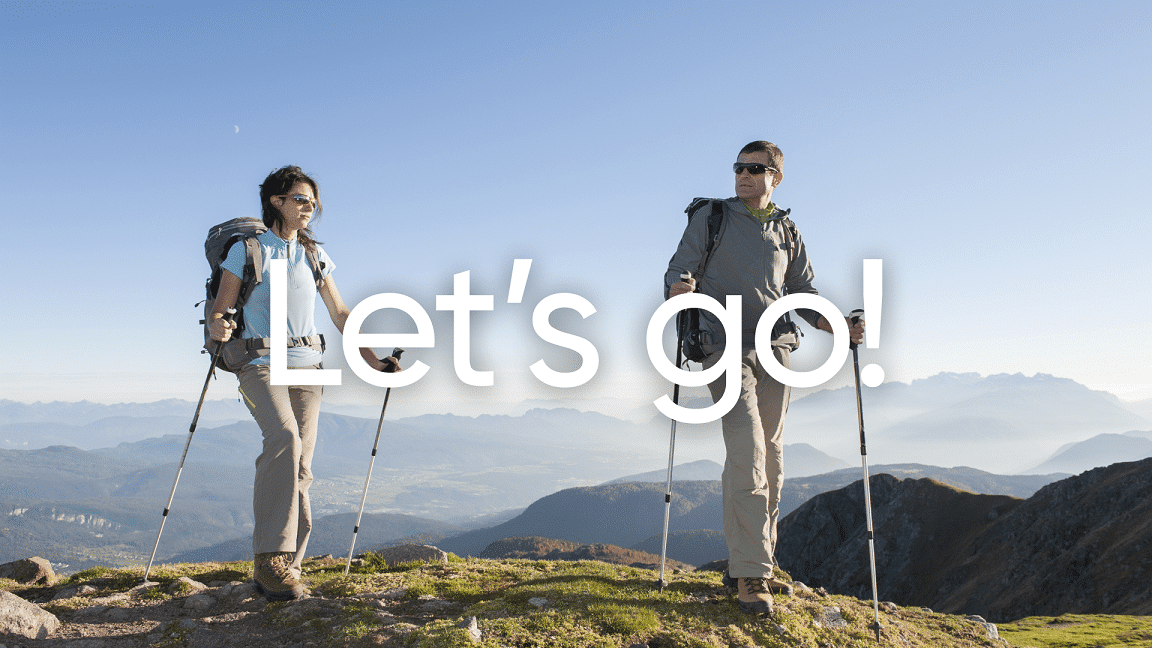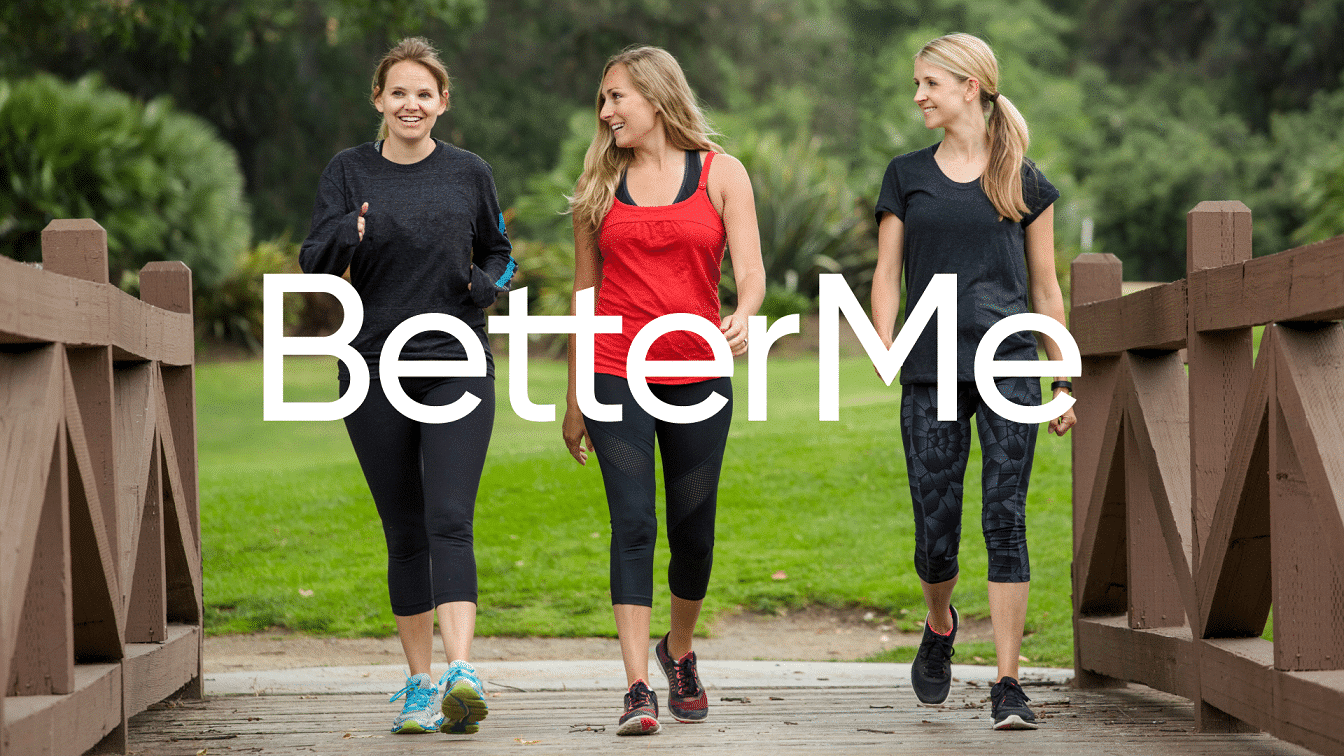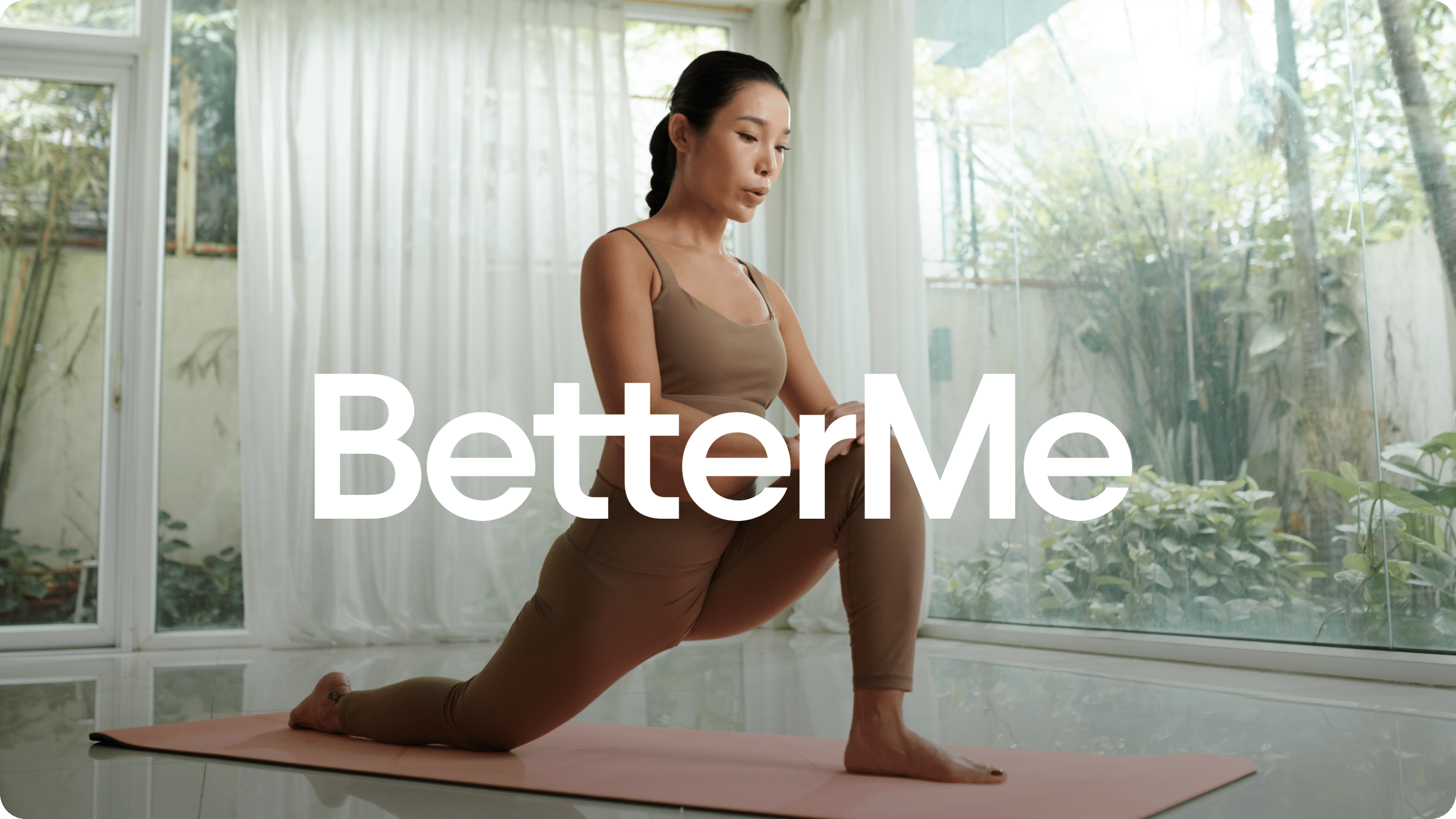Walking comes quite naturally to everyone. It is a great low impact exercise and has many benefits for health. What most do not know is that there are many types of walking – strolling, brisk, power, race, nordic, or chi walking.
Nordic walking is becoming quite popular. It involves using poles resembling ski poles to walk. It can be done as a sport or a health-promoting exercise. We look at everything Nordic walking, from technique to benefits and tips to help you maximize the benefits of Nordic walking.
Nordic Pole Walking Technique
Nordic walking originated from Finland (7). It is a full-body walking style done using poles. Poles are gripped in both arms and used to match the steps a person takes. Before poles were developed for this activity, ski sticks were used.
Compared with traditional walking, nordic walking is more intense as it requires applying force to the walking poles with each step. It thus activates more muscle including the triceps, biceps, latissimus dorsi, abdominals, chest, and shoulder muscles. Walking with poles significantly increases energy expenditure and oxygen use compared to regular walking (5).
Nordic walking is not similar to walking with poles for support or to reduce the pressure on your joints. Nordic walking uses the poles to activate more muscles and increase the intensity of the activity. The poles are an extension of your arms and thus remain behind your arms as you make strides. It is thus important to master the nordic walking technique to maximize the benefits of this sport.
Remember, nordic walking is just an enhancement of normal walking and not an entirely different movement.
How to walk with poles
- Keep your shoulders relaxed and down.
- Hold the poles close to your body and lean slightly forward.
- Open your hands slightly to allow the poles to swing forward (Don’t grip the poles. Swing them from your wrists using straps).
- The leading foot touches the ground.
- The opposite arm swings forward to the level of the waist.
- The opposite walking pole strikes the ground with the heel of the opposite foot. Your arms and legs should move alternately such that when your right foot is forward your left hand is also forward.
- The walking poles always remain diagonally backward (never in front) and are planted between the right and left foot.
- Push your body forward past the pole while straightening your arm to form a continuous line with the outstretched arm behind your body.
- The foot rolls from the heel to the ball with every stride. Make sure each stride you take is longer than normal ones.
- The palm is open and fingers are stretched out at the release position so that its motion is loose and relaxed.
An important part of this technique is to keep your arms relaxed and behind your body at all times (10). Many people Nordic walk while placing the poles in front as they walk and flexing the elbows too much.
Another common mistake is swinging the arms forward at the same time as the same leg. Even with natural walking, the opposite arm moves with the opposite leg. This is the case with Nordic walking. Note that it may take you a while to master the technique so try to focus on progression and not perfection.
The proper technique ensures you walk comfortably and rhythmically and work the whole body without strain. This way chances of injury are low and you are activating more muscles and expending more energy. Once you master the basic technique, you can try Nordic pole walking up and downhill or while skating, jogging, or striding to increase the intensity.
About The Poles
The Nordic walking sticks come in many variants and are different from walking sticks for balance. The price of poles ranges from 20 to 200 dollars. Getting the right size of walking pole ensures you walk comfortably. Depending on your needs and preference, you might go for a lightweight fixed pole or a telescoping pole.
Below are a few factors to consider when getting the poles.
If you wish to free yourself from all the extra pounds that have been weighting you down for way too long, start using the BetterMe app and overhaul your entire life!
Grip
When Nordic walking, a walker does not need to grip the poles. Most Nordic walking poles thus have straps or demi-gloves. These allow them to swing freely while remaining attached to your arms.
Length
Proper length is crucial for correct technique. The recommended length of your pole is about 70% of your total height. The general rule is that your elbow should be bent at 90 degrees when the pole is perpendicular to the ground. If your elbow bends at a greater degree then pick a longer pole. Also, make sure the angle is not less than 90 degrees.
Material
Materials used may be aluminum or carbon fiber. Aluminum poles are more flexible and less brittle thus great for regular use while carbon fiber poles provide less vibration and offer a much more superior Nordic walking experience. Also, some walking poles are heavier while others are lighter.
Telescoping
Poles may be of a fixed length or adjustable. Fixed poles are generally lighter and have to be tried before purchase to make sure they are suitable for your height. Telescoping poles, on the other hand, are adjustable and can be shared. They are also easier to carry around as they are foldable but are heavier because of the spring systems.
Tips
The tips are usually pointed or blunt. The spike tips are great for nature trails while the blunt ones are better for sidewalk or road walking.
Read More: Nordic Walking Benefits: 10 Plus Reasons To Try This New Fitness Trend
Benefits of Nordic Walking
Walking with poles is great for people of all ages including the elderly and those with joint issues. It is also great for women who are over 50 and have reached menopause. Nordic walking is a form of cardio just like regular walking and is good for your heart.
Below are the benefits of Nordic pole walking:
Reduces Risk of Diseases
Just like other aerobic activities, Nordic walking lowers your risk of chronic diseases such as heart disease and type 2 diabetes mellitus (6). This activity increases your heart rate and helps your heart pump blood more efficiently throughout the body.
Experts believe that Nordic walking also lowers your blood pressure and keeps your cholesterol levels in check. This is because the activity is believed to boost the production of high-density lipoprotein.
Regular exercise like this also helps keep your blood sugar in check by regulating your insulin and blood sugar levels in check (6). It also helps keep your weight in check. Being overweight or obese increases your risk of diabetes as a high Body Mass Index has a strong link to insulin resistance (9).
Activates More Muscles
Nordic walking is a full-body workout that engages several major muscle groups in the body. Muscles used in walking include muscles of the arms, shoulders, chest, and back. The movement stretches and lengthens your muscles. This is especially beneficial for individuals who spend their days hunched over a desk reading or working on their computer.
Swinging the poles works the upper body while walking works the lower body. This way you are engaging about 80 to 90% of your muscles. The result is well-toned upper and lower body muscles.
Improves Stability, Balance, and Posture
Using the poles provides more stability for individuals with knee or leg problems. Proper use of the poles also helps encourage good posture. What’s more the exercise helps stretch and lengthen tight muscles helping correct posture issues such as a hunched back or shoulders.
Nordic walking also helps enhance your coordination and balance (13). While walking with poles you engage several muscles at the same time. This also helps you process and respond to cues with more speed and creator accuracy.
Good For Your Joints
Another great thing about Nordic walking is that it does not put a strain on your joints. So if you are arthritic or have joint issues you have been asked to avoid any high-impact activities. However, Nordic walking is a low-impact activity that gives you the chance to exercise without fear of aggravating your condition.
Nordic walking places less pressure on your joints and muscles as some of your weight is being supported by the poles as you move (8). This way you are not putting your whole weight on your body as you plant your feet on the ground as is the case with running or regular walking. You are also swinging your arms and walking on a narrower path, which means there’s less impact with each step.
It thus strengthens your bones and muscles without putting too much strain on them. So, if you suffer from arthritis, osteoporosis or bursitis consider giving Nordic walking a go.
If you’ve mustered up the courage to crush your weight loss goal, let Betterme take the sting out of this demanding process. Our app will help you restructure your habits, remold your life and crank up your fitness results!
Burns More Calories
Nordic walking is a great calorie burner. It expends about 18% more energy compared to brisk walking without increasing the level of exertion (6). As you walk with poles you are using the muscles in both your upper and lower body thus increasing the rate of calorie burning. This makes Nordic walking a great weight loss tool when accompanied by other forms of exercise and a healthy diet.
Boosts Cognitive Function
This type of walking is also good for your brain. Studies show that aerobic activities such as Nordic walking increase blood flow in the regions of the brain responsible for learning and memory (4). The more efficient these areas of your brain, the better your cognitive skills like learning, memory, and thought will be.
Enhances Your Mood
Exercise has been known to provide stress relief and enhance mood. This is attributed to the fact that exercise stimulates the release of endorphins (the body’s natural pain killer) which are responsible for the feeling of relaxation (3). At the same time exercise helps reduce the effect of stress on your body.
One recent study sought to evaluate the effect of Nordic walking on a group of elderly individuals with a high risk of depression. The participants walked for 50 minutes (Nordic walking) twice per week for a total of 12 weeks. The researchers found that Nordic walking was effective at dealing with depression and increasing physical function (2).
Tips To Get You Started
While mastering the Nordic pole walking technique is crucial, there are a few other things you need to do to excel at this activity. Below are a few extra things you need to pay attention to:
Hydrate
Hydration is a fundamental aspect of exercise and everyday life. Always bring a bottle of water with you or use hydration packs if you have a preference for them. Proper hydration ensures that your muscles recover properly and toxins are removed from your body. You might also take drinks with electrolytes that are said to boost performance (12).
Get the Correct Equipment
Nordic walking techniques require special poles. Ensure you get the nordic walking technique pole length for your height correct. You may also need to invest in a good pair of walking shoes. Your shoes should be a perfect fit and provide proper heel support. Remember to wear loose-fitting, comfortable clothing that allows a lot of arm movement.
Read More: Nordic Walking: Is This New Workout Craze Worth It? Benefits, Disadvantages And Risks
Start Slow
You probably have heard this over and over again but it remains crucial. Do not go from not exercising to walking for 4 hours. It is best to do shorter distances on smooth terrain first as you try and master the technique. You can then progress to walking for longer distances and on rough terrain.
Even after you can go for longer distances or walk at a faster pace, ensure you are listening to your body. Don’t push yourself too much. And if you experience any pain or discomfort stop doing the exercise.
Get Enough Rest
Proper rest is crucial for the recovery of your muscles. While it may seem otherwise, overtraining which occurs as a result of poor rest and continued training is common (11) Make sure to get about 7 to 9 hours of sleep every night. If you are Nordic walking for long distances every day, it might help to have a rest day in between.
Warm-Up and Cool Down
Always do a 10-minute warm-up and 10-minute cool down before and after Nordic walking respectively. Warming up increases your heart and breathing rates thus preparing your body for an intense activity. It also helps reduce the risk of injury and muscle soreness (1).
Cooling down on the other hand helps to bring your heart rate and blood pressure down allowing recovery of your pre-exercise state.
Have Fun
If you are too focused on your goal be it to lose weight or prepare for a cross country race or marathon, you might easily forget that Nordic walking can be fun too. You can walk with friends or a group of neighbors to keep things interesting. Be sure to enjoy the outdoors and the amazing scenery.
The Bottom Line
Nordic walking is a great low-impact activity for anyone who wants to remain healthy and keep fit. By walking with poles you activate more muscles and burn more calories. You also improve your cardiovascular endurance and health, reducing the risk of diseases. The best part is that you can master the technique in no time and be on your way to becoming a pro at this exciting activity.
DISCLAIMER:
This article is intended for general informational purposes only and does not serve to address individual circumstances. It is not a substitute for professional advice or help and should not be relied on for making any kind of decision-making. Any action taken as a direct or indirect result of the information in this article is entirely at your own risk and is your sole responsibility.
BetterMe, its content staff, and its medical advisors accept no responsibility for inaccuracies, errors, misstatements, inconsistencies, or omissions and specifically disclaim any liability, loss or risk, personal, professional or otherwise, which may be incurred as a consequence, directly or indirectly, of the use and/or application of any content.
You should always seek the advice of your physician or other qualified health provider with any questions you may have regarding a medical condition or your specific situation. Never disregard professional medical advice or delay seeking it because of BetterMe content. If you suspect or think you may have a medical emergency, call your doctor.
SOURCES:
- Aerobic exercise: How to warm up and cool down. (2021, mayoclinic.org)
- Effect of Nordic Walking on Depression and Physical Function in the Elderly with High-Risk of Depression (2020, 2020, researchgate.net)
- Effects of Exercise and Physical Activity on Anxiety (2013, frontiersin.org)
- Exercise for Brain Health: An Investigation into the Underlying Mechanisms Guided by Dose – Neurotherapeutics (2019, link.springer.com)
- Field Testing of Physiological Responses Associated with Nordic Walking (2002, tandfonline.com)
- Health Benefits of Nordic Walking (2012, ajpmonline.org)
- History of Nordic Walking and Walking Poles (n.d., nordicacademy.com.au)
- Load dynamics of joints in Nordic walking (sciencedirect.com)
- Mechanism linking diabetes mellitus and obesity (2014, ncbi.nlm.nih.gov)
- Nordic Walking Technique. Learn How to Walk with Walking Poles (n.d., nordicacademy.com.au)
- Overtraining Syndrome (ncbi.nlm.nih.gov)
- Practical Hydration Solutions for Sports(2019, mdpi.com)
- Short-term and long-term effects of nordic walking training on balance, functional mobility, muscle strength and aerobic endurance among Hungarian community-living older people: a feasibility study (pubmed.ncbi.nlm.nih.gov)
